Carsten Becker
Works - RAL
Conceptual artwork RAL by German artist Carsten Becker who lives and works in Berlin, Germany.
RAL
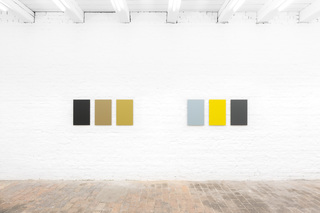
The RAL series consists of standard colors of the Reichsausschuss für Lieferbedingungen (Committee for Delivery Conditions) for the military, industry and the German state, painted on aluminum panels. Each RAL color was created for a specific purpose. In the series, they are combined into color groups accordingly. Depending on the ambient light, the paint colors change their color impression.
Some of the colors still in use today date back to the times of the First and Second World Wars. Their history of use is mostly unexplored. For this series, color shades deleted from the collection after 1945 were reconstructed using original color samples: Dark yellow, for example, was introduced in 1943 as a camouflage shade against newly developed infrared night-vision devices; light blue camouflaged fighter planes against the sky. Black gray, however, RAL 7021, also known as tank gray, has survived the times in the color collection with minimal changes.
Die Serie RAL besteht aus Standardfarben des Reichsausschusses für Lieferbedingungen für das Militär, die Industrie und den deutschen Staat, lackiert auf Aluminiumtafeln. Jede RAL-Farbe wurde für einen spezifischen Zweck erschaffen. In der Serie werden sie entsprechend zu Farbgruppen kombiniert. Je nach Umgebungslicht ändern die Lackfarben ihren Farbeindruck.
Einige noch heute verbreitete Farbtöne stammen aus der Zeit des Ersten und Zweiten Weltkriegs. Ihre Verwendungsgeschichte ist meist unerforscht. Nach 1945 aus der Sammlung gelöschte Farbtöne wurden für diese Serie anhand originaler Farbmuster rekonstruiert: Dunkelgelb etwa wurde 1943 als Tarnton gegen neu entwickelte Infrarot-Nachtsichtgeräte eingeführt, Lichtblau tarnte Jagdflugzeuge gegen den Himmel. Schwarzgrau jedoch, RAL 7021, auch Panzergrau genannt, hat die Zeiten minimal abgeändert in der Farbsammlung überdauert.
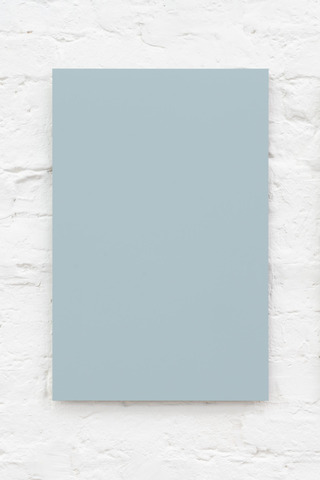
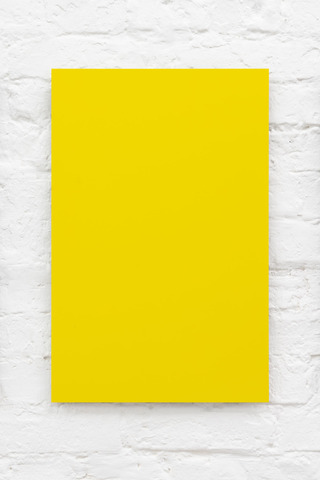
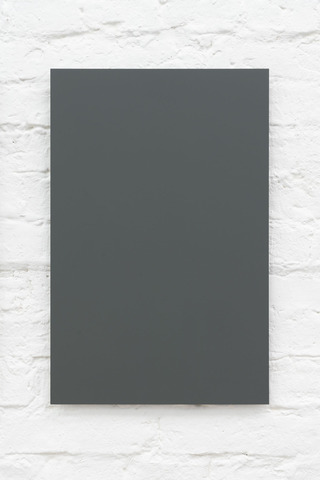
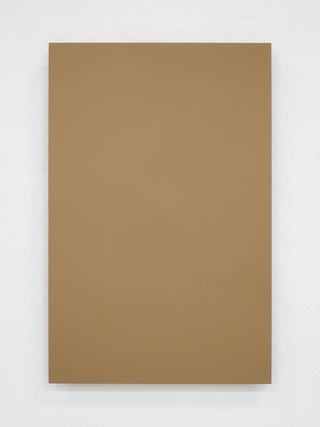
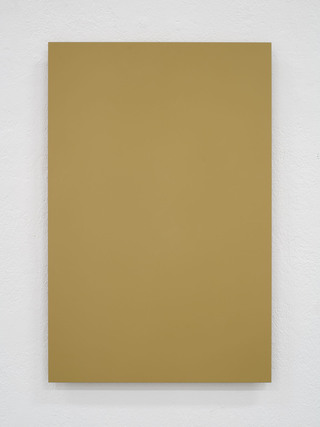
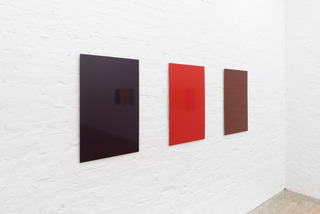
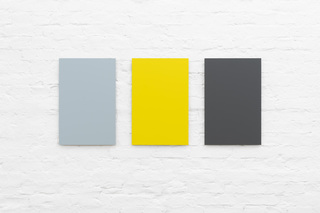
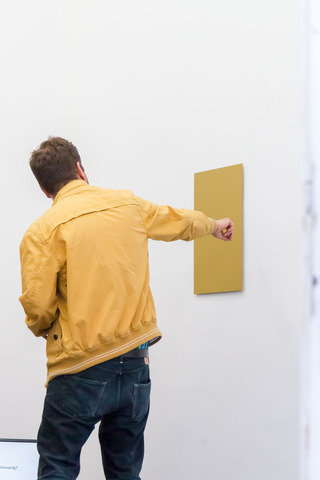
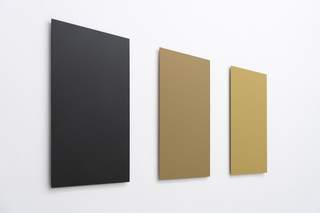
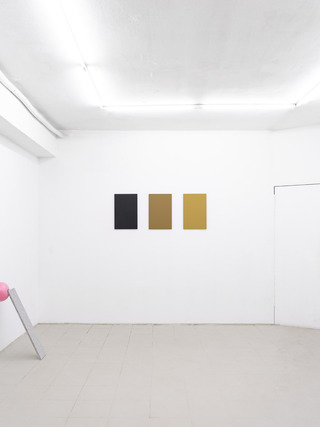
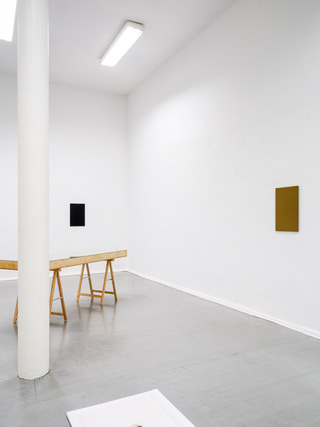
Text: Philipp Hindahl
Forgotten Colors
Die vergessenen Farben
Die vergessenen Farben - ungekürzte Version
JavaScript is turned off.
Please enable JavaScript to view this site properly.